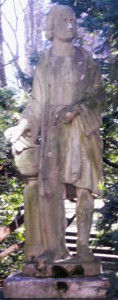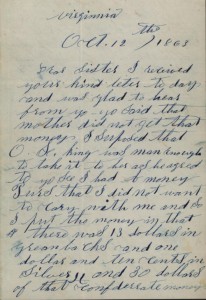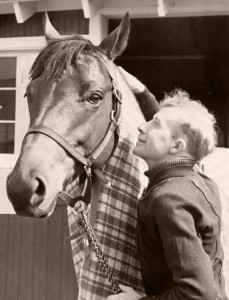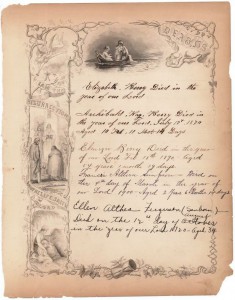
When one is raised in Boston, one of the standard field trips in school is to walk the Freedom Trail. How lucky I was. Years later, when a family member moved to Beacon Hill, I became infatuated with this lovely section of Boston: gas lit lamps, cobblestone streets, wrought iron fences. What’s not to love?
And then I discovered Louisburg Square. I can sum it up in one word: charming. If one lives here, one owns shares in the park in the square. On either end of this fenced-in park are two statues. Thinking about these statues one day, my curiosity got the best of me. I became obsessed with finding out all I could about them, and why they were there.
The garden in which these two statues are placed has been described as “… a beautiful location in the western section of our city, surrounded by the residences of many of our most distinguished and fashionable families. This place affords one among many evidences that taste and refinement are gradually beautifying our city, and by-and-by Boston will represent many outdoor specimens of the fine arts worthy of her character as the literary emporium and Athens of America.”[1] Continue reading Into the garden






